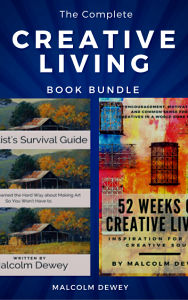|
A comparison between: Winton, Maimeri, Lukas and Zelcol (Student Quality) By Malcolm Dewey Recently an artist mentioned to me that she faced a dilemma when it came to the type of paint to use. Her issue came down to price of the paint and more importantly her lack of belief that she could do justice to better quality paint. It is not the first time I have heard this sad testimony. I once shared these views too and tried some pretty awful paints when starting out. With hindsight I can say that better quality paint does help to make a better painting. Use the best you can afford and have no worries about it. When you complete your breakthrough painting you want it to be with good paint. You will not regret it! Top Quality Student Paint? This brings me to the subject of this article. What type of oil paint do you choose for your painting? The market has seen several new brands enter art shops. In particular I wanted to look at good quality student paints. The type of paint that a serious part-time artist can use with confidence without breaking the bank. I visited a local art supply shop and picked four popular brands for a comparison test. The paints are Winton's Cadmiun Red hue, Lukas Studio Cadmium Red Light, Zelcol's Cadmium Red and Maimeri Classico Cadmium Red Light. Note on Pricing: Due to the rapidly changing exchange rates, prices have been left out due to constant fluctuations. Except to compare value for money as a ratio between brands. Read the full report below More Choice is Good Some years ago the first choice in most art shops was Winton. A work horse for oil painters, but with other brands freely available I thought it was time to do an oil paint comparison. Which is best? This would cover not only quality but also value for money too. To be clear on this I would be using my own impressions and you are free to make your own decision of course. Another point is that I do retail Maimeri paints, but I promise to be impartial … really I do! I decided to choose cadmium red as the test colour. This is a staple colour on every palette and call me old fashioned but a good cadmium is still first choice for me. The brand names chosen are well represented in art shops around the country. These brands are Winton, Maimeri Classico, Lukas Studio and Zelcol. A quick aside: What is cadmium? Cadmium is a chemical element with the symbol Cd and atomic number 48. This soft, bluish-white metal is chemically similar to the two other stable metals in group 12, zinc and mercury. (Wikipedia) What Goes Into Oil Paint? Traditionally oil paints consist of a carrier, like linseed oil, and pigments mixed in to provide the hue. Cadmium is just such a pigment used for yellows and reds. Since these are both primary colours and therefore essential I have chosen cadmium red for this test. In artist’s paints cadmium pigment is described as PR108 Cadmium Sulfoselenide. Is cadmium safe? Despite some nanny-state attitudes on the continent modern cadmium pigments are not soluble enough to pose a risk to humans. Despite this Winsor and Newton have discontinued cadmiums in their Winton range. Cost has also been raised as a reason for this, but is this valid? I suspect not, but lets see how things progress.
Something to keep an eye on of course is the ratio of pigment to oil. More oil and less pigment gives a weaker paint. Self-evident really. Artist quality paint will have more pigment than student paint. This makes choosing a good student quality paint more tricky since quality can range from weak and runny rubbish to very good quality for your money. I may mention also that a paint described as a Hue means that it is a synthetic version of the traditional pigment. Anyway lets get back to the test then! First Up: Winton Cadmium Red Hue: 37ml -
I mixed a little medium into the paint and using a fine brush spread the paint finely onto a panel. The texture was still grainier than expected. Still there seemed to be less brilliance than I had expected too. Next up: Lukas Studio Cadmium Red light Hue: 37ml Carrier linseed oil and sunflower oil. No cadmium used. Lightfastness: 2
Next: Zelcol artist Oil Paint: Cadmium Red: 50ml retailing for R108.10 (regular price for non-cadmium Zelcol R46.00) Carrier: various organic oils. Pigment: cadmium PR108. Lightfastness 3.
And Finally: Maimeri Classico Cadmium Red Light: 60ml Carrier: Linseed oil. Pigment: Cadmium PR108. Lightfastness 3.
30 Minutes later: I went back to look at the paint that I mixed with a little medium. The Lukas was dry with only a slight residue. The Winton and Zelcol were almost completely dry. The Maimeri was the least dry. All this is consistent with the first impressions as well as Lukas’s claims to be fast drying. After 48 Hours: The Lukas paint had a dry layer over the puddle squeezed out. This certainly is a quick drying oil paint. Maimeri and Winton seemed on a par as the wettest while Zelcol was somewhere inbetween. Maimeri’s paint was the more brilliant than the others at this stage. COnclusion - Value for Money & Quality: The Zelcol cadmium was very expensive compared to the other pants. Bear in mind that regular Zelcol is cheaper, but the cadmium content escalates the price considerably. However quality is also lowest of the four tested in my opinion. Your choice. The most expensive cadmium free paint is the Winton. Although a good solid paint that will serve you well the gap between Winton and its Artist quality paint is very wide. It is a very reliable student paint, but is not the best value for money. The absence of real cadmium is disappointing. Lukas Studio paint is good value for its price. First impressions were also very good. After drying however the brilliance was not so impressive. The absence of cadmium and inclusion of other additives is also a negative. However I still prefer the Lucas over Winton and Zelcol. And finally the Maimeri Classico. It does make excellent value for money by volume. The large tube also ensures less running off to the art supply store. When you consider that real cadmium is used and purity of the mix is very high I would suggest that this paint is excellent student quality bordering upon professional quality. It also shows that you can still get real cadmium paint for an excellent price. Unfortunately Maimeri is still not as widely marketed as the other brands so market penetration is still low. A pity since I do believe that most student artists would benefit from trying this paint brand. What are your thoughts? What brand do you rate highly and why? Let us know in the comments below. Solve the Mysteries of Colour: Paint BetterIn this review I have touched on the differences in oil paint in cadmium red. But there is so much more to learn about paint. How to mix colour. Decide on the correct color for each painting. If you can master these skills your painting will improve massively. But where to begin?
That is why solving the mystery of colour forms a large part of my course Learn to Paint With Impact. Find out more about this course and how you can take advantage of this big discount. Learn more here |
AuthorMalcolm Dewey: Artist. Country: South Africa Archives
June 2024
Categories
All
FREE
|
|

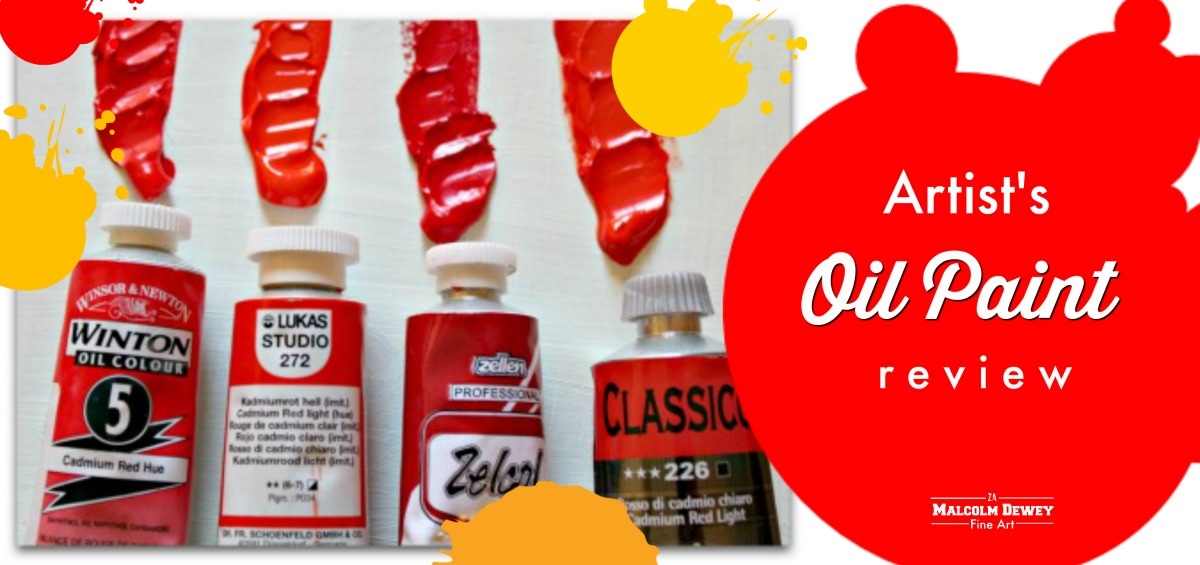
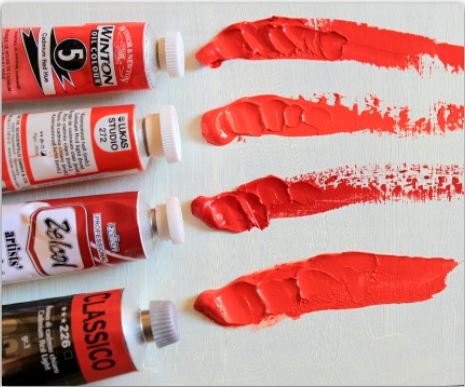
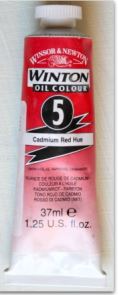
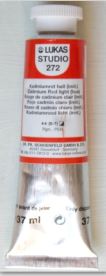

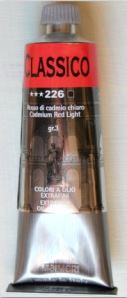
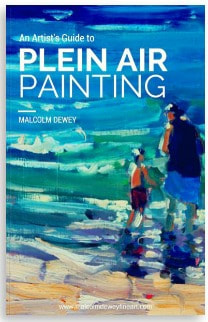
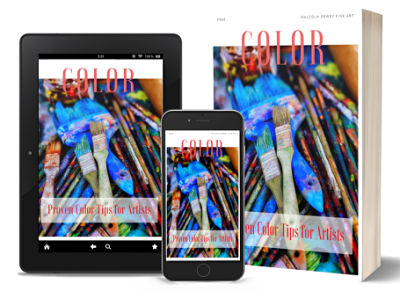
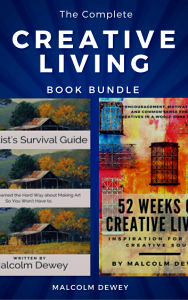
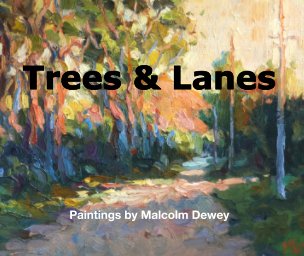



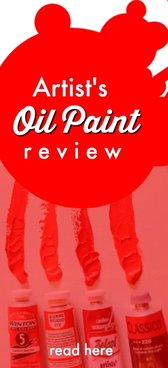
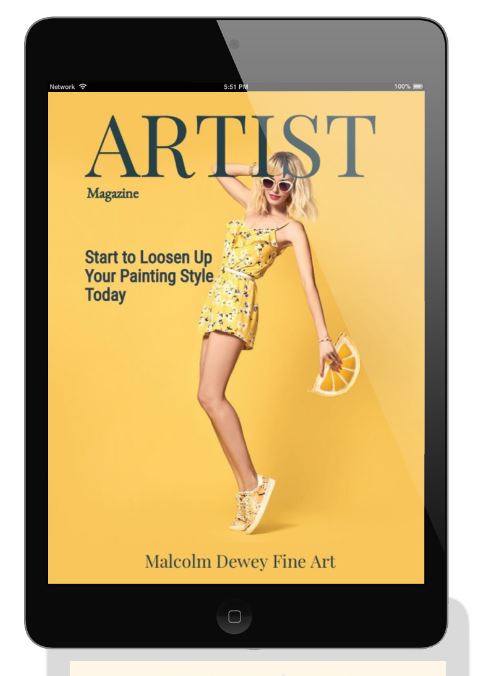
 RSS Feed
RSS Feed

